-
 Outreach and Awareness raising
Outreach and Awareness raisingThis pillar is to ensure that adequate awareness and outreach activities are undertaken to better engage policymakers, administrators, entrepreneurs, scientists and civil society at all levels in using EO and geospatial data and information.
Copernicus helps reduce the risk of coastal flooding and ero…
20 April 2024
GMES & Africa discusses usage and applications of Copern…
20 April 2024
Sentinel monitors Harmful Algal Blooms
20 April 2024
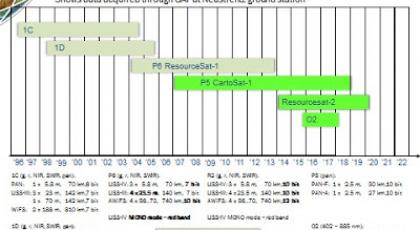
ESA provides Earth Observation data from non-ESA missions to…
20 April 2024
A year of achievements and Copernicus plans for 2018
20 April 2024
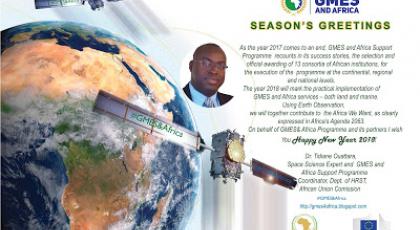
GMES and AFRICA Season's Greetings / Meilleurs Voeux
20 April 2024
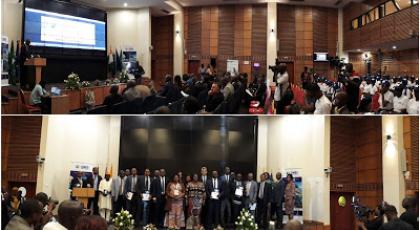
GMES & Africa's capacity development training works…
20 April 2024
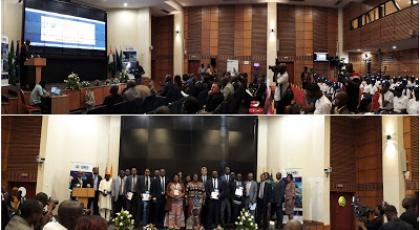
AUC Awards Thirteen Consortia of Institutions to Implement t…
20 April 2024
GMES and AFRICA participates in the AfriCultuRes H2020 kick…
20 April 2024
Get trained to Radar Remote Sensing with ESA ECHOES in Space
20 April 2024
Earth Observation for the growth of Blue Economy in Africa
20 April 2024
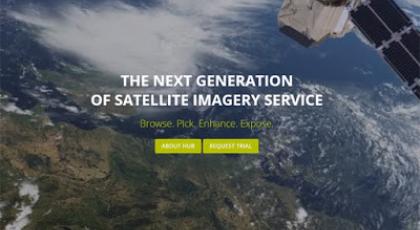
Sentinel hub - 1 year free earth observation data
20 April 2024
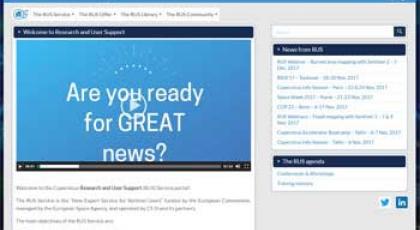
The Copernicus Research and User Support (RUS) Service porta…
20 April 2024
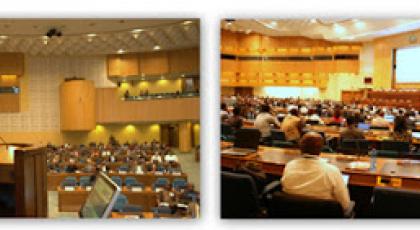
Earth Observation for the Africa We Want
20 April 2024
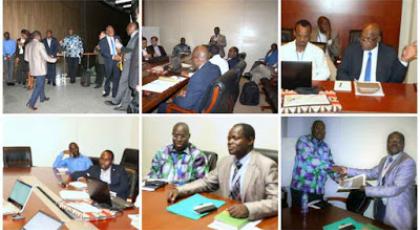
ICT based tools of MESA transferred to GMES and Africa
20 April 2024

